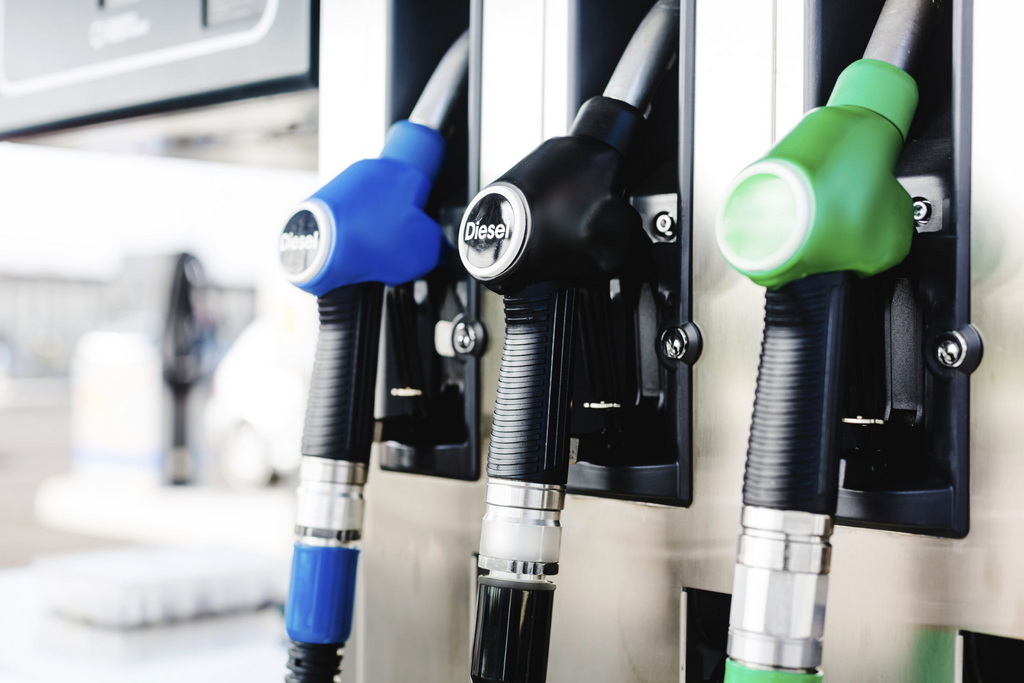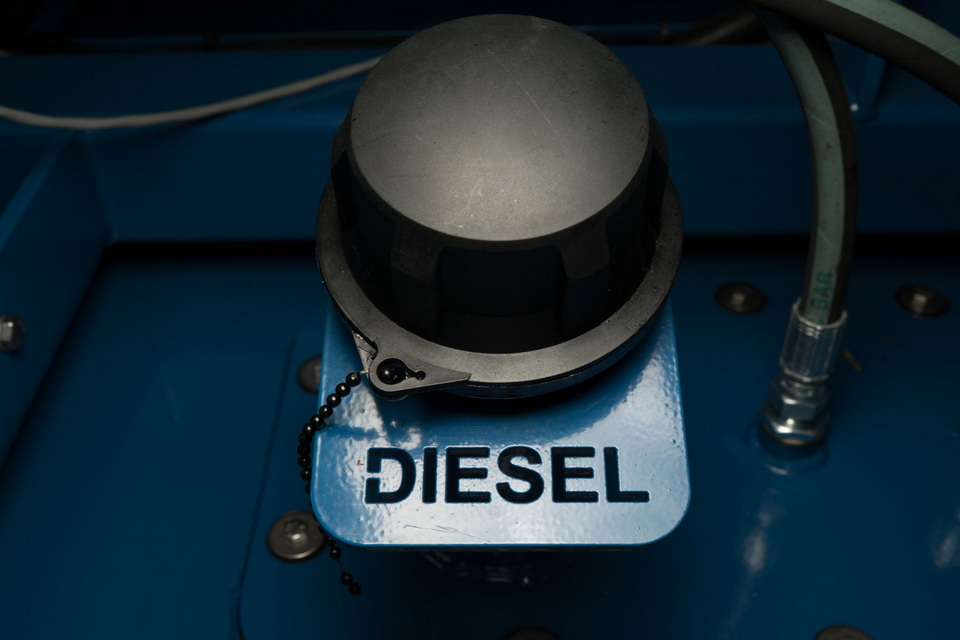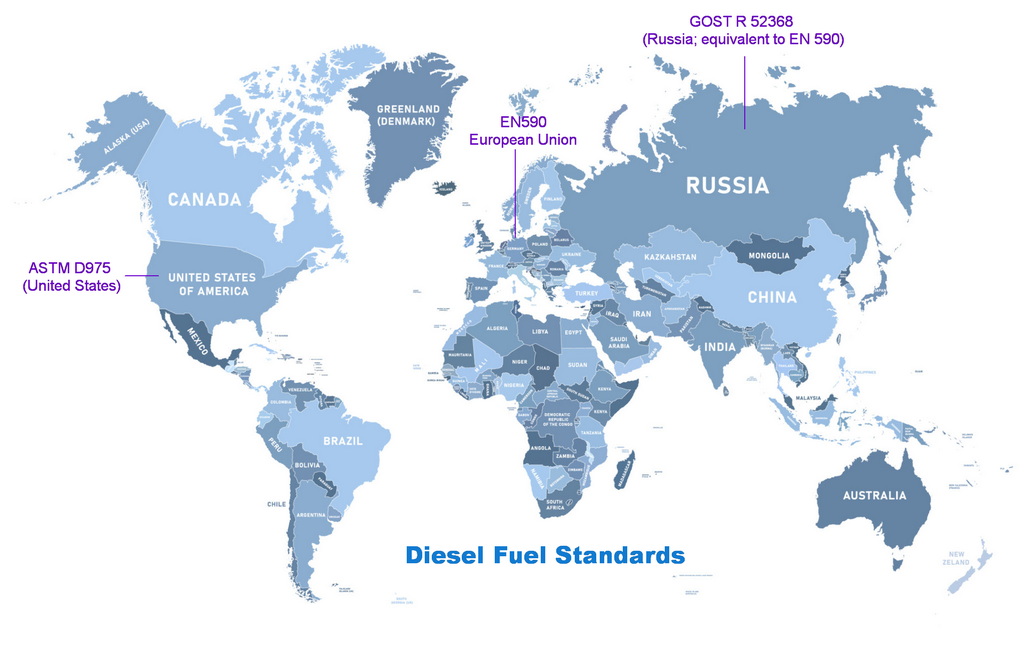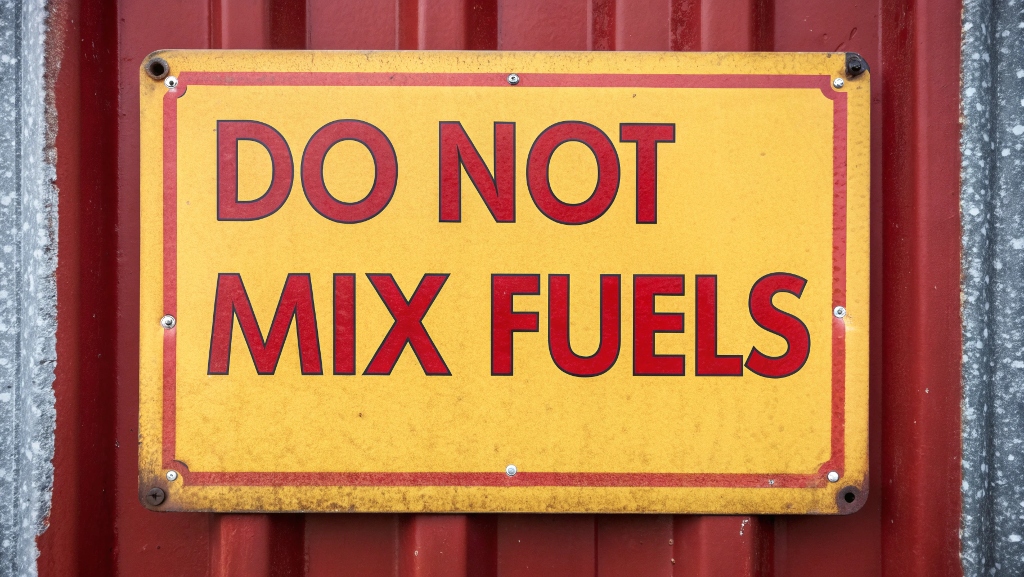
What fuel type should I use for my diesel generator?
You own a powerful diesel generator, but using the wrong fuel can cause serious engine damage. You need to know exactly what to put in the tank to protect your investment.
For your diesel generator, you should use the fuel type specified in the user manual. This is typically No. 2 diesel fuel in most climates. Using the correct fuel is critical for engine health and performance, so always check your documentation or ask your supplier for guidance.

So, the simple answer is to check the manual. I tell every client this. But what happens if you can’t find the manual, or you’re operating in a country with different fuel standards? I’ve seen these issues pop up with our clients from New Zealand to Brazil. Things can get confusing fast. Let’s break it down further to make sure your generator runs smoothly for years to come.
How many fuel types do we have for diesel generators?
You see different names for diesel at the pump, and it’s easy to feel unsure. Choosing the wrong one seems like a big risk for your equipment. Here is a simple guide.
Most generators use No. 2 diesel (2-D)1. In very cold weather, some may use No. 1 diesel (1-D)2 or a blend of both. Special types like biodiesel also exist, but they require a compatible engine. Always confirm what your specific generator needs.

When we talk about diesel for generators, we are usually looking at two main options: No. 1 and No. 2 diesel. Think of them as diesel for different seasons.
- No. 2 Diesel (2-D): This is the standard, all-purpose diesel fuel. It has a higher energy content, which means it’s more fuel-efficient. It’s perfect for most operating conditions. However, it can start to "gel" or thicken in cold temperatures, which can clog fuel lines and stop your generator from starting.
- No. 1 Diesel (1-D): This type is less oily and works much better in the cold. It has additives that prevent gelling. The trade-off is that it has slightly less energy, so your generator might burn through it a bit faster.
- Biodiesel3: This is a renewable fuel made from vegetable oils or animal fats. It’s often sold as a blend, like B5 (5% biodiesel) or B20 (20% biodiesel). While it’s better for the environment, you must check if your generator is built to handle it. Biodiesel can degrade certain rubber hoses and seals in older engines.
| Fuel Type | Best For | Key Feature |
|---|---|---|
| No. 2 Diesel | Normal Conditions | High energy, cost-effective |
| No. 1 Diesel | Cold Weather | Resists gelling |
| Blended Diesel | All-Season Use | A good balance of both |
| Biodiesel | Compatible Engines | Renewable, lower emissions |
Are fuel types/grades the same in all countries?
You might be running your generator project in another country. You notice the fuel names don’t match what you’re used to. This can be a real problem if you don’t understand the differences.
No, diesel fuel standards and names are not the same everywhere. Europe uses the EN 590 standard, while the U.S. uses ASTM D975. The important thing is to match the fuel’s properties, like cetane number and sulfur content, to your generator’s needs.

This is a challenge we face all the time at Corroless-Gen. A client in Portugal might see different fuel labels than a client in New Zealand. The name on the pump doesn’t matter as much as the fuel’s actual specifications. You need to focus on two main things: cetane number and sulfur content.
- Cetane Number4: This measures how quickly the fuel ignites. A higher cetane number means a faster, smoother start-up for your engine. Most generator engines require a cetane number between 40 and 55. Using a fuel with a number that is too low can cause rough running and startup problems.
- Sulfur Content5: Modern regulations require Ultra-Low Sulfur Diesel (ULSD). This is better for the environment and for modern emission control systems in generators. Using high-sulfur diesel in a new generator can damage emission components and void the warranty.
Here’s a simple comparison:
| Region | Standard | Key Characteristic |
|---|---|---|
| United States | ASTM D975 | Specifies grades like No. 1-D and No. 2-D |
| Europe | EN 590 | Defines a single standard for "diesel fuel" for most uses |
| Brazil | ANP Regulations | Specifies types like S10 and S500 based on sulfur ppm |
When in doubt, don’t guess. Your generator supplier should be able to tell you the required cetane and sulfur specifications for your machine. Then you can match those to the local fuel available.
Can different fuel types be mixed?
Your fuel tank is almost empty, but the station only has a different type of diesel. You’re tempted to mix them just to get by. But doing this could cause irreversible damage and headaches.
Mixing No. 1 and No. 2 diesel is a common practice, especially for cold weather operation. But you must never mix standard diesel with biodiesel unless your generator is specifically approved for it. Accidental mixing can damage your engine and void your warranty.

Let’s be very clear about this. Some mixing is intentional and safe, while other types are disastrous. Blending No. 1 and No. 2 diesel is a standard strategy. Garages in cold climates often provide a "winter blend" that offers a balance of cold-weather performance and energy efficiency. You can do this yourself if you know the right ratios for the expected temperatures.
However, the real danger lies in mixing fuels that are fundamentally different. Mixing diesel with biodiesel in a non-compatible engine is a slow poison. Biodiesel has solvent properties that can break down older rubber fuel lines and gaskets, leading to leaks and clogs.
I once got a call from a client whose generator kept failing. It turned out his team was topping off the diesel tank with whatever was available, including a high-percentage biodiesel. The fuel filter was completely clogged with a thick sludge from degraded fuel system components. We had to flush the entire system. It was an expensive lesson.
Here’s a simple guide to mixing:
| Action | Is it Safe? | Why? |
|---|---|---|
| Mix No. 1 and No. 2 Diesel | Yes | Standard practice to improve cold-weather performance. |
| Mix Diesel with Biodiesel | No (unless approved) | Can degrade fuel lines, seals, and clog filters. |
| Mix Diesel with Gasoline | NEVER | Can cause an explosion and will destroy your engine. |
| Mix Diesel with Kerosene | NEVER | Lowers lubrication, which leads to severe engine wear. |
When you are unsure, the safest answer is always no. Don’t risk your equipment.
Conclusion
Choosing the right fuel is easy when you know what to look for. Simply check your generator’s manual or ask us. Following this simple rule keeps your engine safe and reliable.
-
Explore this link to understand the advantages of using No. 2 diesel for your generator, ensuring optimal performance and efficiency. ↩
-
Learn about No. 1 diesel (1-D) and its impact on generator performance, especially in cold weather conditions. ↩
-
Discover the pros and cons of biodiesel for generators, including its environmental benefits and compatibility issues. ↩
-
Understanding cetane number is crucial for optimal engine performance and longevity. Explore this link to learn more about its significance. ↩
-
Low sulfur content is essential for environmental protection and engine health. Discover more about its impact on modern engines. ↩
